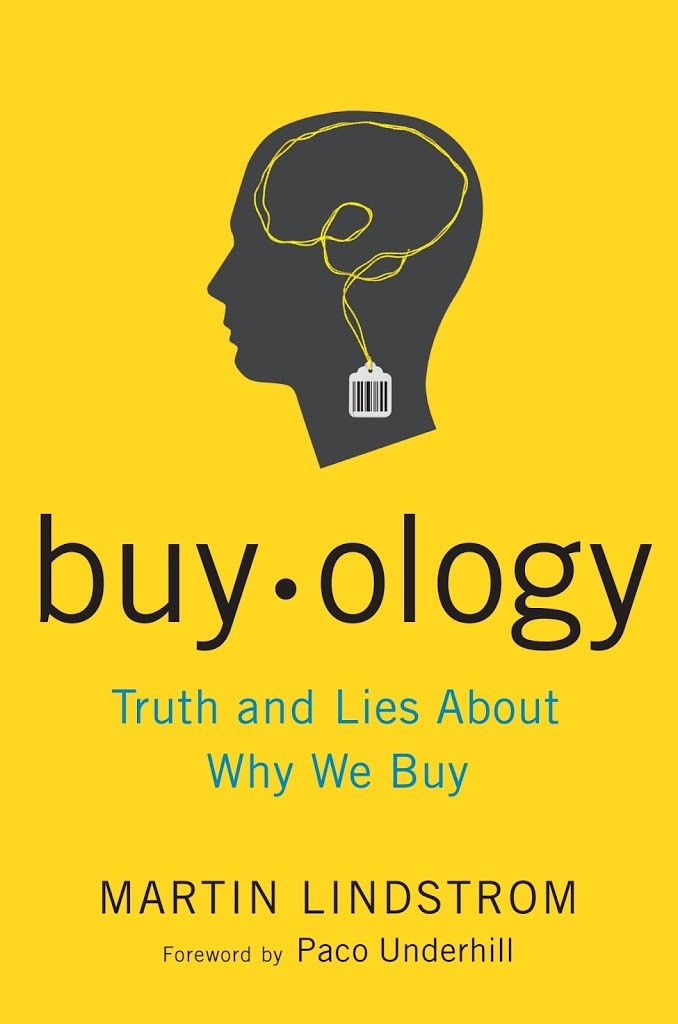Imagine that you are a smoker. You pick up a pack of cigarettes.
On the front of the pack are gory images – a hemorrhaged brain, blackened lungs, deformed baby, ugly cancerous growth – coupled with stern admonitions like “SMOKING KILLS”.
How would you react to these gruesome warnings?
According to renowned neuro-marketer Martin Lindstrom in his bestselling book Buyology, the “craving spot” of your brain would actually be stimulated by those visceral warnings.
In other words, you’ll feel like smoking more – not less!
Scary isn’t it?
Do these images deter you? (courtesy of CBC News)
(Update – recent studies revealed that the gory images DO help people to stop smoking. So I guess the field of neuromarketing is constantly evolving too!)
Neuromarketing = Neuroscience + Consumer Behaviour
Written with an engaging narrative, Buyology provides a fascinating glimpse into the world of neuromarketing, fusing the disparate disciplines of neurological science with marketing and consumer behaviour.
Poo poo-ing the value of market research which can often be gamed by either companies themselves or the consumers they study, Lindstrom claimed that what “we say we feel about a product can never truly predict how we behave”.
Lindstrom’s assertions were based on the results of a US$7 million 3 year neuromarketing study of 2,000 people from the developed world.
Using state-of-the-art technology like Functional Magnetic Resonance Imaging (fMRI) and Steady-State Typography (SST), Lindstrom and his associates conducted numerous experiments peering into the human brain. So what worked and what didn’t?

AI image from Nano Banana
Product Placements – Boon or Bane?
Let us begin with visual advertising. Most ads are so overwrought that our brains literally shut down and block these images. Apparently, only 2.21 ads are remembered by anybody in the year 2007 (the book was published in 2008)!
What about product placements? Here, we take a leaf from the experience of Coca Cola, Cingular, and Ford Motors, each of which invested millions in sponsoring American Idol.
Through immersive placements – for example, contours of the studio sofas resembling a Coke bottle, or glasses of Coke provided to the judges – the beverage brand achieved the best recall. This was followed by Cingular, which was mentioned each time viewers called in to vote for their favourite contestant. Unfortunately, Ford’s advertisements during the break actually led to poorer recall than before.
Subliminal Messaging and Logos
Subliminal messaging is another marketing trait which was uncovered to work better than overt advertising. Studies have shown that the millisecond exposure of positive or negative stimuli in a video reel could lead to real difference in how humans feel and behave.
On the contrary, logos were actively resisted by consumers, causing their minds to build mental barriers which block them. Goodness me!
To counter this, brands like Marlboro cleverly deployed colour schemes (its trademark red) and styles to give the appearance of a brand advertisement or environment sans logo. These visual reminders are powerful enough for us to associate them with the brands, eliciting a desired action.
Now we know why those darn cigarettes were so addictive and hard to get rid off!
Of Rituals and Religions
Strong brands are also ardent creators of marketing rituals and superstitions. Examples include squeezing a lime into a Corona beer bottle, dipping Oreo’s cookies into milk, and pouring a Guinness stout in a certain manner to ensure that the “head” of the beer was preserved.
Taken a step further, leading brands (like Apple and Nike) behave almost like religions. In fact, fMRI studies reveal that they trigger the same spots in a brain akin to worshipping at a church, temple or mosque!
Like major beliefs, these vanguard brands embrace the 10 pillars of religions – sense of belonging, clear vision, power over enemies, sensory appeal, storytelling, grandeur, evangelism, symbols, mystery and rituals.
The Power of Sensorial Brands
Riding on ideas from his earlier book Brandsense, Lindstrom continued to espouse the virtues of using multiple senses to improve a product’s “sensory brand”.
While sight is the most commonly deployed sense in marketing, scents and sounds can be far more effective in reaching our hearts – particularly when paired with visual elements. Colours are also powerful in triggering brand associations.
(You can read more about the science behind sensory branding and marketing here.)
Do Sex and Celebs Sell?
What about sex, the most potent force in advertising?
Contrary to popular belief, sex in itself might actually lead to a lower recall of brands. That is unless the use of sexual imagery and copy was controversial enough to raise a ruckuss (positive or negative) such that the brand becomes a talking point.
Similarly, beautiful celebrities may be overrated as brand ambassadors. The only thing these larger-than-life babes and hunks end up endorsing are themselves, rather than the brands they are paid millions to appear with.
That is why campaigns like Dove’s “Real Beauty” work better in promoting recall and response than myriad other beauty brands who use “me-too” celebrities.
Dove’s Real Beauty is a real winner too (source of image)
Somatic Markers and Mirror Neurons
On the scientific front, we are educated on how somatic markers and mirror neurons lead to our consumption behaviours.
In the world of neuromarketing, somatic markers are dramatic events that exert a permanent and memorable association – a veritable book mark to the brain. Examples of somatic markers include the 9/11 World Trade Centre disaster, Blendtec’s unforgettable “Will it blend?” videos on YouTube, and Energizer Bunny’s relentless marching and beating on a drum.
Mirror neurons, on the other hand, are nerve connections that make us want to “mirror” somebody else. This “monkey-see-monkey-do” effect is the reason we feel sad when watching a tear jerker on TV, or outraged when reading about violent crimes.
When our mirror neurons are triggered, we also receive a shot of dopamine – the feel good hormone which leads us to purchase more products or services. This reinforcing process leads to a continuous and unending cycle of doing the same things over and over again, like the Duracell Bunny!
Who can ever forget the adorable Duracell Bunny?
Conclusion – We are Irrational Buyers!
The conclusion from Lindstrom’s excellent work on neuromarketing? Men and women are irrational creatures when it comes to shopping!
That is because the emotions triggered in the subconscious mind make up 90% of our “buy” decisions compared to the 10% associated with our conscious rational brain.
Thus, we often can’t explain why we prefer a particular brand of handbag, running shoe, or electronic device, beyond stating its obvious attributes.
In summary, Buyology offers a compelling look – or relook rather – at what truly makes us buy.
By marrying the medical science of neurological studies with marketing, it provides a fresh twist to our understanding of consumer behaviour. Fans of Martin Lindstrom (like me) who love his other books like Brandwashed (review here), Brand Child and Brand Sense will find this volume a compelling addition to their bookshelves.




Okay. Scary!! Very interesting information though. Thanks for an easy to read and interesting post!
Great review, I had it on my TBR shelf for a while now, it’s time I picked it up.
I know Martin Lindstrom is a branding and marketing expert, so I know I will enjoy the book.
hahhh,, see the book I remembered past.,..